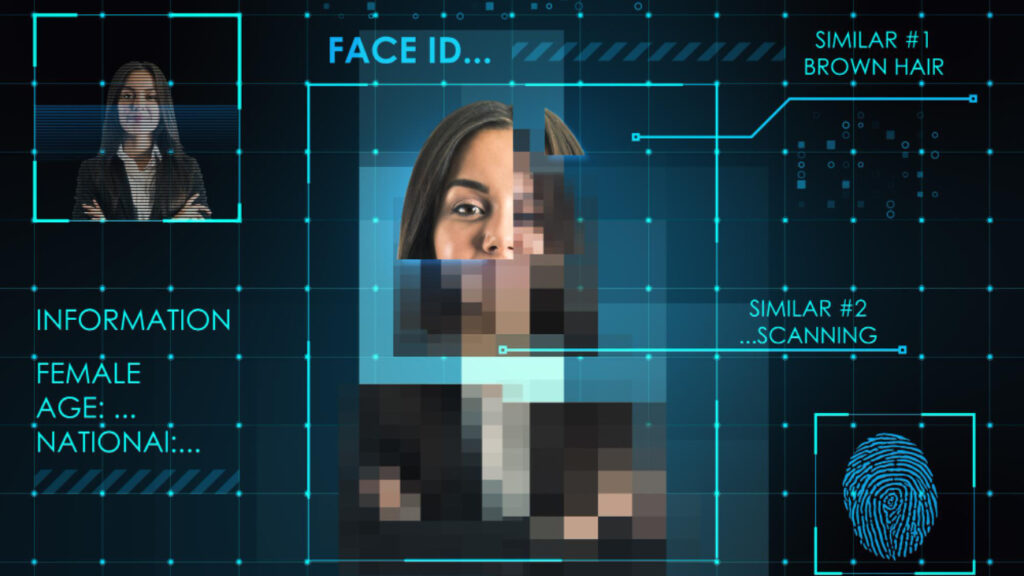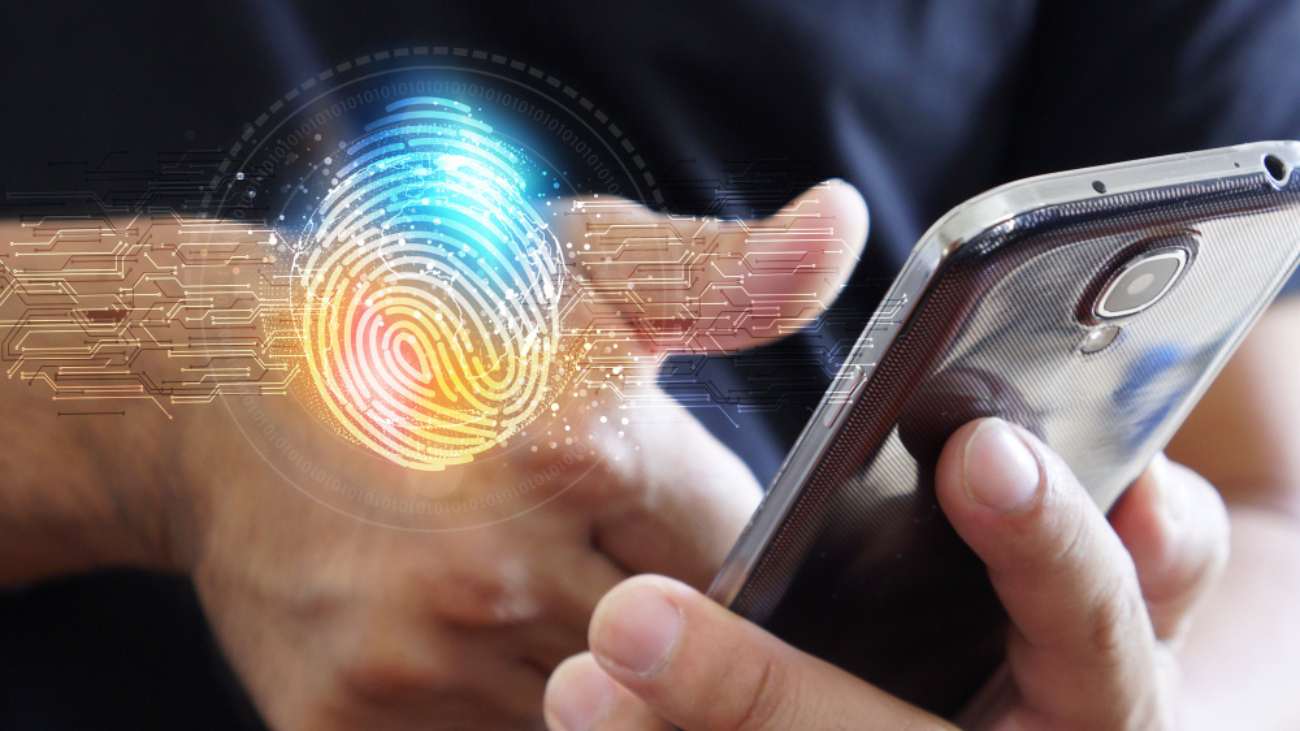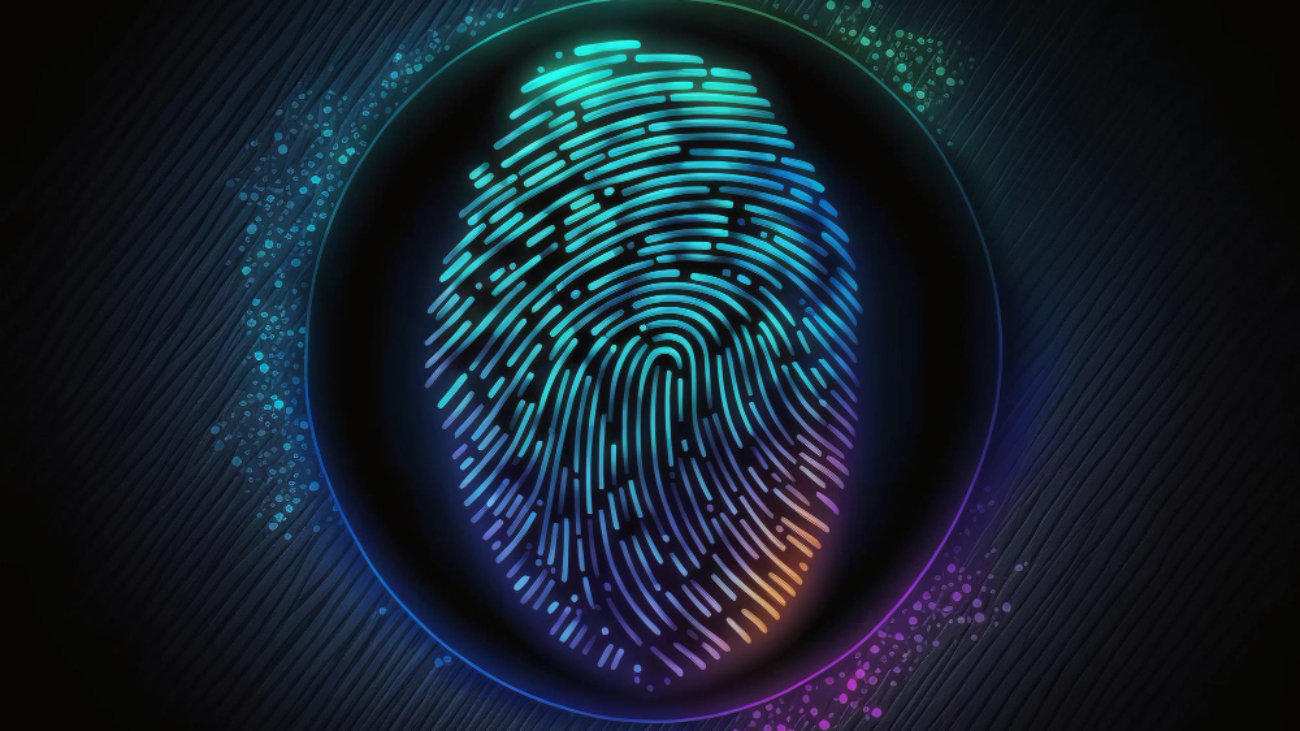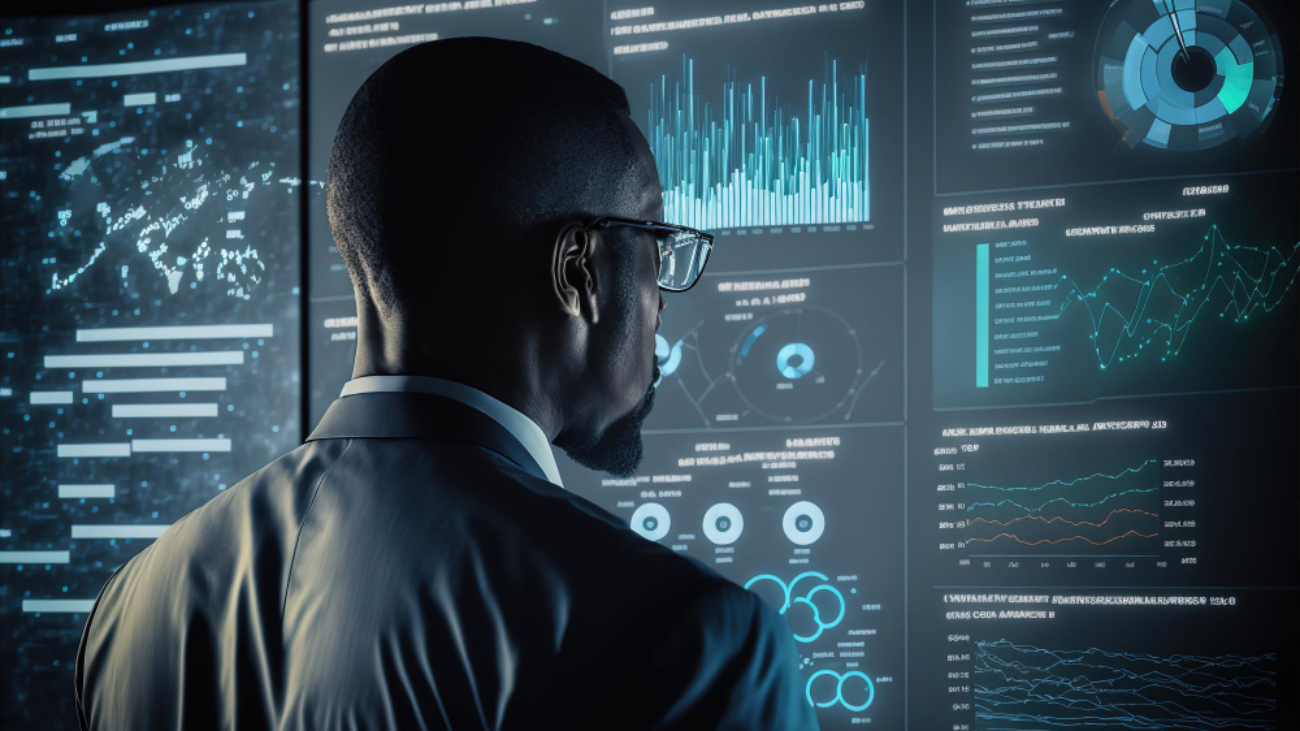As a biometric recognition technology, facial recognition technology (FRT) identifies human faces from digital images or video frames against several databases of faces stated Bahaa Abdul Hadi. FRT works on an algorithmic scale by comparing a person’s facial biometric patterns and expressions to available images for face identification or verification purposes.
An end-to-end face recognition system typically includes face detection, face alignment, face encoding, and face matching for biometric authentication. Data intelligence-driven smart cities will be able to enhance operational productivity, increase public safety, and streamline city operations by embracing powerful technologies like face recognition. For example, facial recognition IoT (Internet of Things) solutions help process camera feeds and images with extreme precision in milliseconds and address data security issues with high accuracy.
Facial recognition can also identify missing people, such as children and elderly persons, to quickly detect and report on their location in real time. Facial recognition cameras can even be deployed at venue entry points to deny access to anyone previously banned from the venue or considered a genuine threat to others. Furthermore, it is easier to assess performance and better manage employees by visualizing video data provided by facial recognition software.
Facial recognition technology enhances smart city services in various ways, such as:
- Augment security at airports, border crossings, events, etc.
- Authenticate an individual’s identity for a driver’s license or other identity documents
- Boost customer satisfaction to improve retail experiences
- Ensure the safety of people with physical or mental impairment
- Find missing persons and configure real-time alerts
- Help law enforcement agencies identify and track criminals
- Limit physical exposure to germs with a touchless access control
- Locate trapped people in remote locations
- Minimize shoplifting incidents
- Protect sensitive data from unauthorized access
- Track student or worker attendance
FRT’s widespread accuracy drives its increasing adoption by healthcare facilities, immigration authorities, police agencies, retailers, universities, and so on. Facial recognition is a quick and simple method to simplify complex and time-consuming tasks—from face detection in criminal identification to secure authentication for fraudulent activity prevention.
However, legal and regulatory concerns over the use of face recognition mandate the technology’s compliance with applicable regulations in countries across the world. Facial recognition technology implementation in smart cities is founded on integrity around its use while ensuring accountability, fairness, and privacy compliance.
Although FRT proliferation is considered a threat to individuals’ privacy rights, facial recognition is one of the most trusted new-generation technologies for mass surveillance. Facial recognition is a contactless, reliable biometric technology with tremendous potential to enhance smart city services. Thank you for your interest in Bahaa Abdul Hadi blogs. For more information, please visit www.bahaaabdulhadi.com







